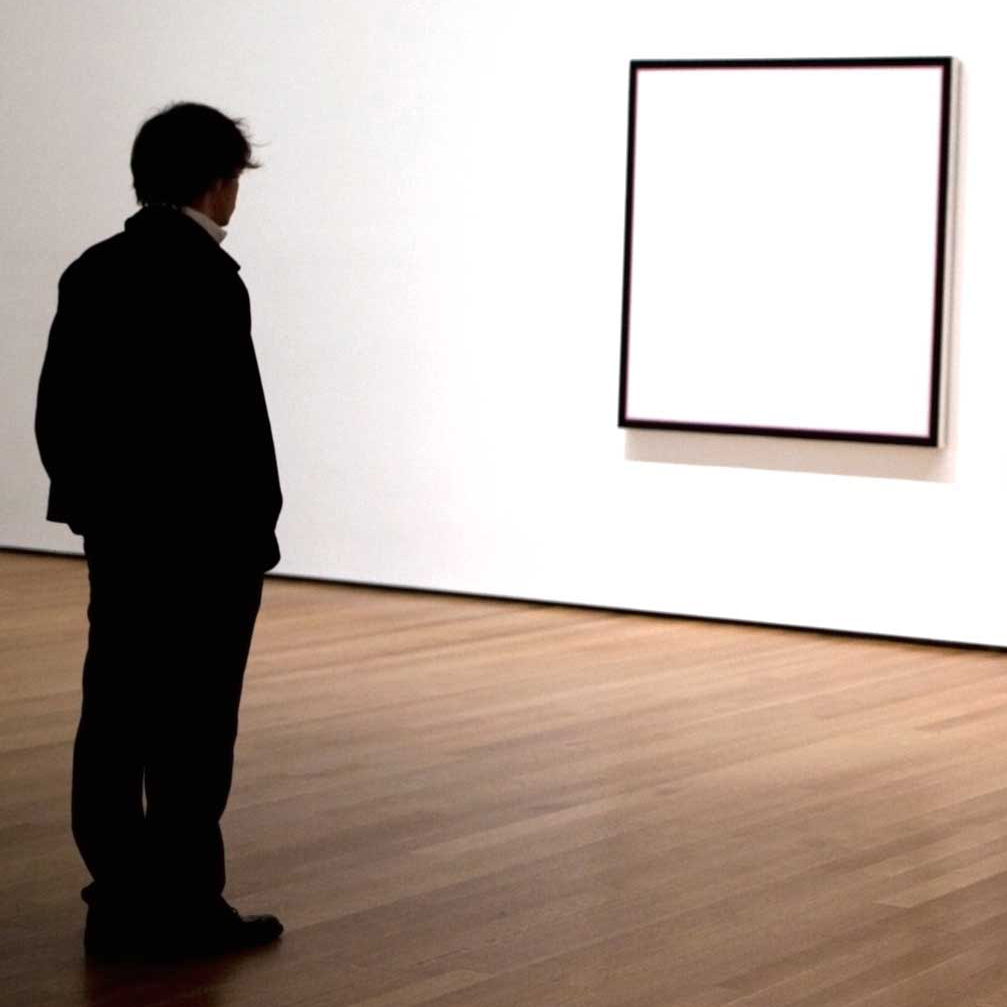The Picture Story
Class Description
Now that you know how to use a camera, compose and edit an image, your next step is to fill the frame in your mind, with one or more images and a picture story. This six week course is an exploration in visual communication and storytelling. For the course, all the images created by students will need to communicate an idea and be brought together to create a comprehensive story with a definitive beginning, middle, and end. Story content is the most important factor; your pictures will need to resonate with viewers.Over the duration of this six week program, students will learn how to tell a narrative story with their cameras and produce one to two picture stories, depending on their topics and the complexity and time involved. They will be required to compose ideas, research them, and then determine what will make for the best visual stories.
Throughout the course, photographer’s rights, ethics, history, and caption writing will be learned. Students should expect to be challenged and to commit the time necessary to complete stories. Interview skills will be learned and honed, while personal interaction and the ability to relate to your subjects will be necessary.
Week One: Course overview. History of photojournalism, ethics, and legal issues discussed. Caption writing will also be covered. Evolution of the picture story and what it means to tell a story with pictures. How do you develop a good idea for a picture story? An assignment of developing picture story ideas will be given.
Week Two: Review and critique of picture story ideas. Students will pick two ideas to pursue. Discussion on what makes a good picture story examined through story examples. Narrative storytelling, complication, resolution, and why stories must be told visually. Assignment of first photo story given and discussion on how to progress will occur.
Week Three: Critique of first photos of student picture stories. Discussion and examination of importance of picture order for comprehensive storytelling and how to edit photos and choose the most effective images for the best communication of the story to the viewer.
Week Four: Critique of story progress. Discussion on how do you know when your story is finished? Difficulties and complexities of storytelling examined as well as the interdependency of photos in a picture story.
Week Five: Critique of story progress and encouragement to finish stories by week six. If stories cannot be completed, they may continue until they are finished. Consistency and visual mood discussed.
Week Six: Critique of photo stories. Finding stories consistently discussed.

Class Requirements
Course materials: DSLR camera, strobe, lenses that can accommodate different situations (fast zooms are ideal). Students should have good technical understanding of their cameras, as this is not a class designed for teaching about the technical aspects of photography; you are expected to know how to expose in manual setting. A reporter’s spiral notebook is also required for caption information gathering. Printing will be required for all assignments. Students must print 8x10 prints for class critique, as well as a contact sheet of images taken for each assignment.
Optional materials: Photojournalism: The Professionals’ Approach by Kenneth Kobre.
AP Style Book. Other books will be recommended throughout the course.
Class Schedule
Date |
Start Time |
End Time |
Location |
|---|---|---|---|
| Sunday, March 15th, 2015 | 1:30 PM | 4:00 PM | Digital Learning Center |
| Sunday, March 22nd, 2015 | 1:30 PM | 4:00 PM | Digital Learning Center |
| Sunday, March 29th, 2015 | 1:30 PM | 4:00 PM | Digital Learning Center |
| Sunday, April 12th, 2015 | 1:30 PM | 4:00 PM | Digital Learning Center |
| Sunday, April 19th, 2015 | 1:30 PM | 4:00 PM | Digital Learning Center |
| Sunday, May 3rd, 2015 | 1:30 PM | 4:00 PM | Digital Learning Center |
About the Instructor

Tom Baker:
Tom Baker graduated in 2004 from the University of Montana School of Journalism with a BA in photojournalism.
He believes in the aesthetics of life, and that is what Tom seeks to convey in his work. Tom feels life can be found anywhere in the world and photographed, but more importantly the stories of life are what need to be told. Whether the story is about a person or persons, a place, a culture, or a struggle, he sees the camera as a tool that must be utilized to record, document, and create all at the same time. By way of the camera he cannot only tell people a story, but can tell people about himself. Tom’s career as a photojournalist has taken him from the Havre Daily News in Havre, MT, The Dalles Chronicle in Dalles, OR, and the Portland Tribune in Portland, OR.
He moved back to Minnesota from Oregon in 2006 and has for the last 10 years worked as a freelance photographer for numerous clients and publications.
Register for this Class
The cost of the "The Picture Story" class is: $295.00
Learn more about our membership and be eligible to receive a 10% on all MPC classes.
Click Here to Register for "The Picture Story" Class

